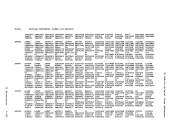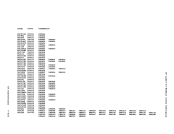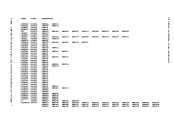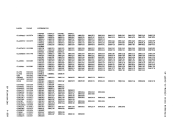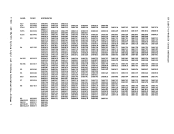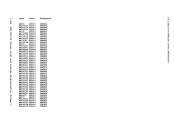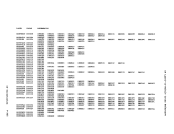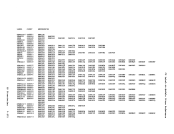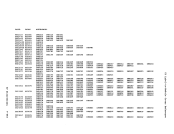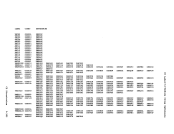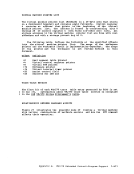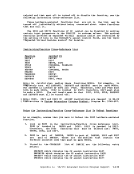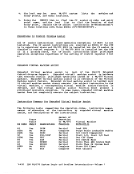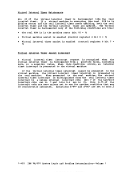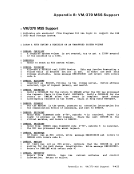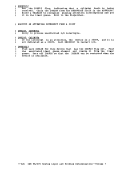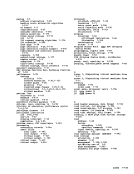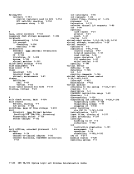However, with the handshaking feature, a multiprogramming (or multitasking) VS1 virtual machine can dispatch one task while waiting
for a page request to be answered for another task.VM/370 passes a
pseudo page fault(program interrupt X'14') to VS1. When VS1 recognizes
the pseudo page fault, it places only the task waiting for the page in
page wait and can dispatch another tasks.When a page fault occurs for a VS1 virtual machine, VM/370 checks
that the pseudo page fault portion of handshaking is active and that theVS1 virtual machine is in EC mode and enabled for I/O interruptions.
Then,V!/370 reflects the page fault to VS1 by: • Storing the virtual machine address that caused the page fault at
locatioDX'90' (the translation exception address) • Indicating a program interruption (interrupt code X'14') to VS1 • Removing the VS1 virtual machine from page wait and execution wait When VS1 recoqnizes program interruption code X'14', it places the
associated taskin wait state. VS1 can then dispatch other tasks. When the requested page becomes available in real storage, V6/370 indicates the same program interruption to VS1, except that the leftmost bit in the translation exception address field is set on to indicate completion. VS1 removes the task from page wait; the task is then
eligible to be dispatched.When VS1 runs under the control of V"/370, it executes in nonpaging mode if: • Its virtual storage size is equal to the size of the VM/370 virtual machine • Its virtual 4096K bytes. machine size is at least 1024K bytes and no more than For VS1 Release 6, the maximum size is 16,370K bytes. • The VM/VS Handshaking feature is available. When VS1 executes in nonpaging mode, it uses fewer privileged
instructions and avoids duplicate paging. TheVS1 Nucleus Initialization Program ~IP) fixes all V51 pages to avoid the duplicate
paging.lote: The working set size may be larger for a V51 virtual machine in
nonpagingmode than for one in paging mode. 1-44 IBM VM/370 System Logic and Problem Deter.ination--Volume 1
for a page request to be answered for another task.
pseudo page fault
the pseudo page fault, it places only the task waiting for the page in
page wait and can dispatch another tasks.
that the pseudo page fault portion of handshaking is active and that the
Then,
locatioD
associated task
eligible to be dispatched.
instructions and avoids duplicate paging. The
paging.
nonpaging






















































































































































































































































































































